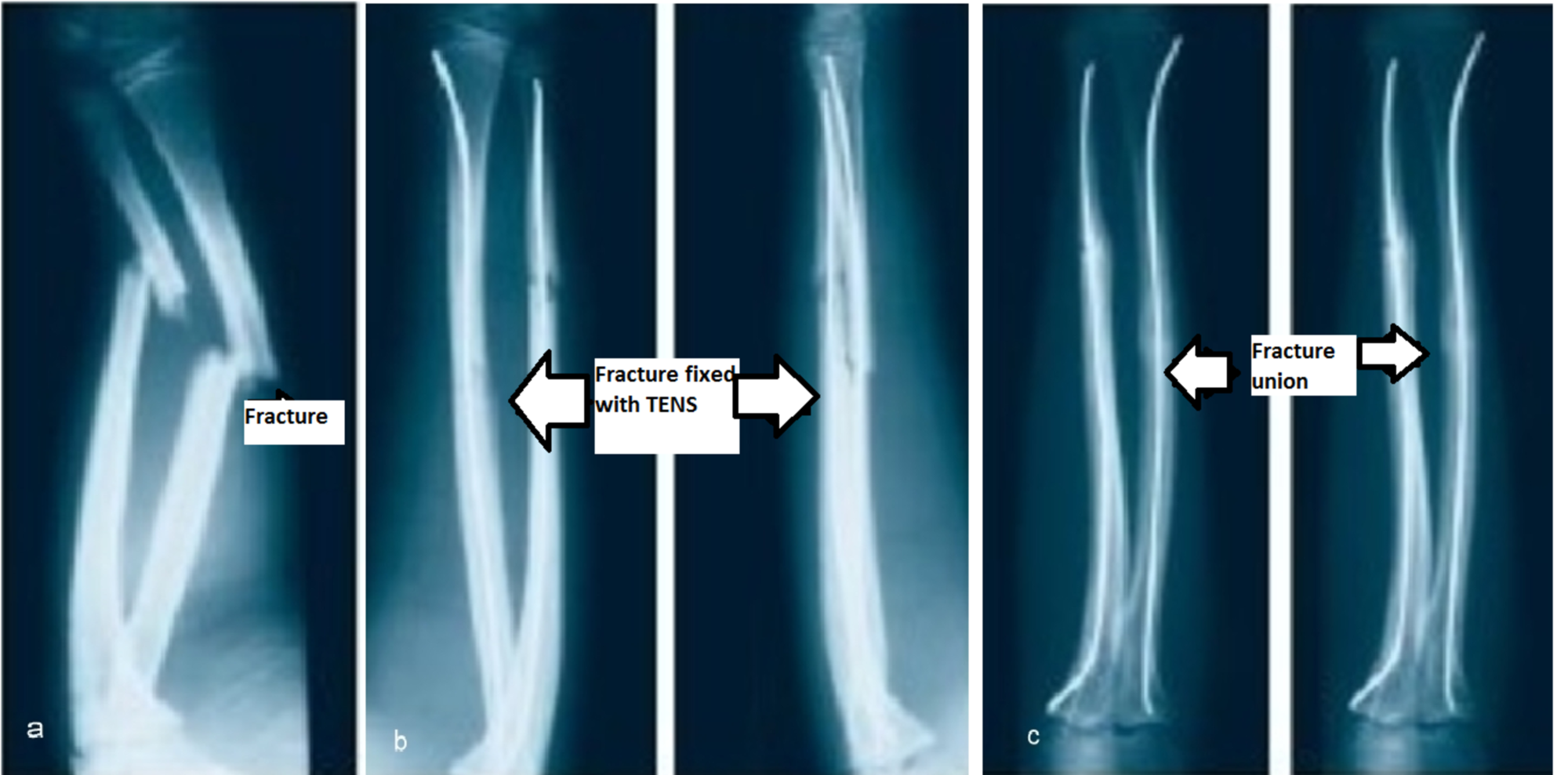

In Diagnostic Imaging of Child Abuse, edn 2. Kleinman PK: Skeletal trauma: general considerations. Salter RB, Harris WR: Injuries involving the epiphyseal plate. Child abuse: radiologic-pathologic correlation. Lonergan GJ, Baker AM, Morey MK, Boos SC: From the archives of the AFIP. AJR Am J Roentgenol 1995, 165:647–650.Ĭaffey J: Some traumatic lesions in growing bones other than fractures and dislocations: clinical and radiological features. Kleinman PK, Marks SC, Richmond JM, Blackbourne BD: Inflicted skeletal injury: a postmortem radiologic-histopathologic study in 31 infants. Kleinman PK, Marks SC: A regional approach to classic metaphyseal lesions in abused infants: the distal tibia. Kleinman PK, Marks SC, Blackbourne B: The metaphyseal lesion in abused infants: a radiologic-histopathological study. In Calcium and Bone Disorders in Children and Adolescents. Johnson K: Skeletal aspects of non-accidental injury. Pierce MC, Bertocci GE, Vogeley E, Moreland MS: Evaluating long bone fractures in children: a biomechanical approach with illustrative cases. Worlock P, Stower M, Barbor P: Patterns of fractures in accidental and non-accidental injury in children: a comparative study Br Med J (Clin Res Ed) 1986, 293:100–102. Leonidas JC: Skeletal trauma in the child abuse syndrome. Kleinman PK, Marks SC: Relationship of subperiosteal bone collar to metaphyseal lesions in abuse infants.

Kleinman PK: The upper extremity diagnostic imaging of child abuse. Galloway A: Broken Bones: Anthropological Analysis of Blunt Force Trauma. This process is experimental and the keywords may be updated as the learning algorithm improves. These keywords were added by machine and not by the authors. CML is a fracture of the physeal plate of a long bone.

A greenstick fracture is an incomplete fracture, most often an incomplete transverse fracture, and is commonly found in children as a result of the increased elasticity of the developing bone. A torus (or buckle) fracture, in which the cortical bone balloons out, is typically the result of a compression force loading through the long axis of the bone. An oblique fracture crosses the bone diagonal to the long axis, and a transverse fracture crosses the bone at a right angle to the long axis. A spiral fracture circles the shaft and typically results from a rotational force. Common long bone fracture types include spiral, oblique, transverse, torus (or buckle), greenstick, and classic metaphyseal lesion (CML). Interpretation of the forces associated with the fracture depends on the location, type, and extent of the fracture. Long bone fractures are further classified by type and location. Fractures occurring in the humerus, ulna, radius, femur, tibia, and fibula are collectively categorized as long bone fractures.


 0 kommentar(er)
0 kommentar(er)
